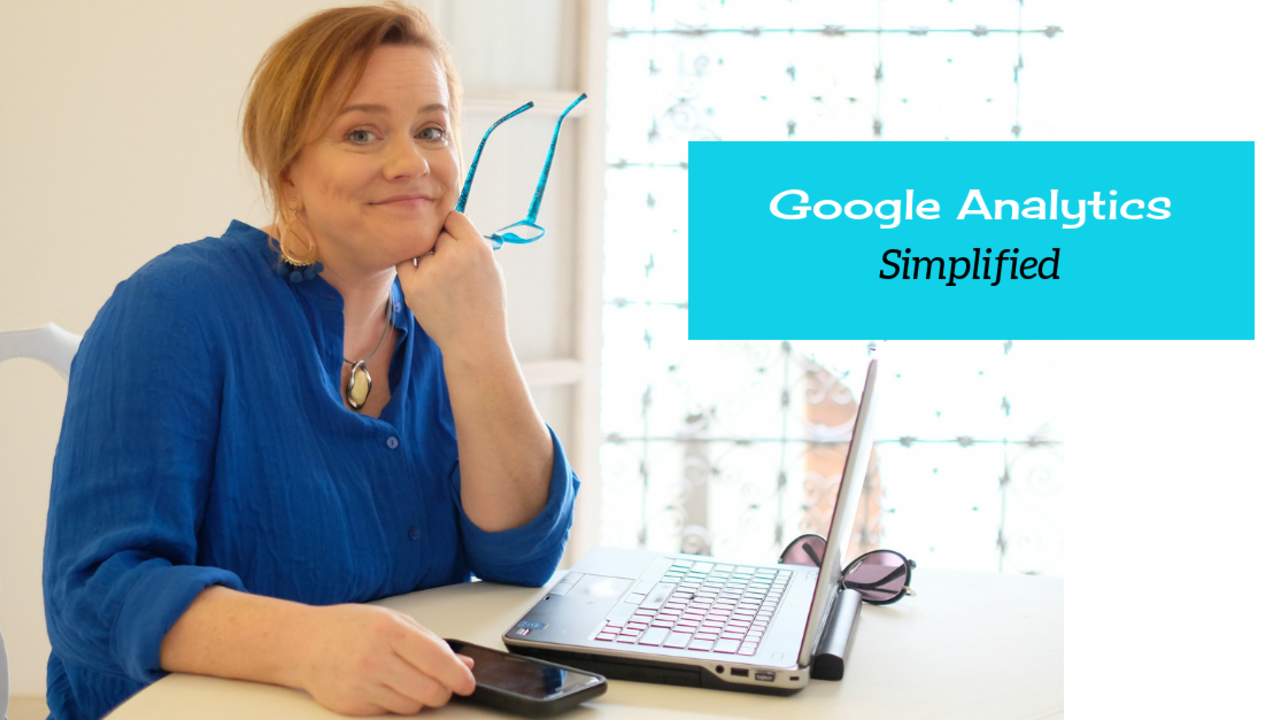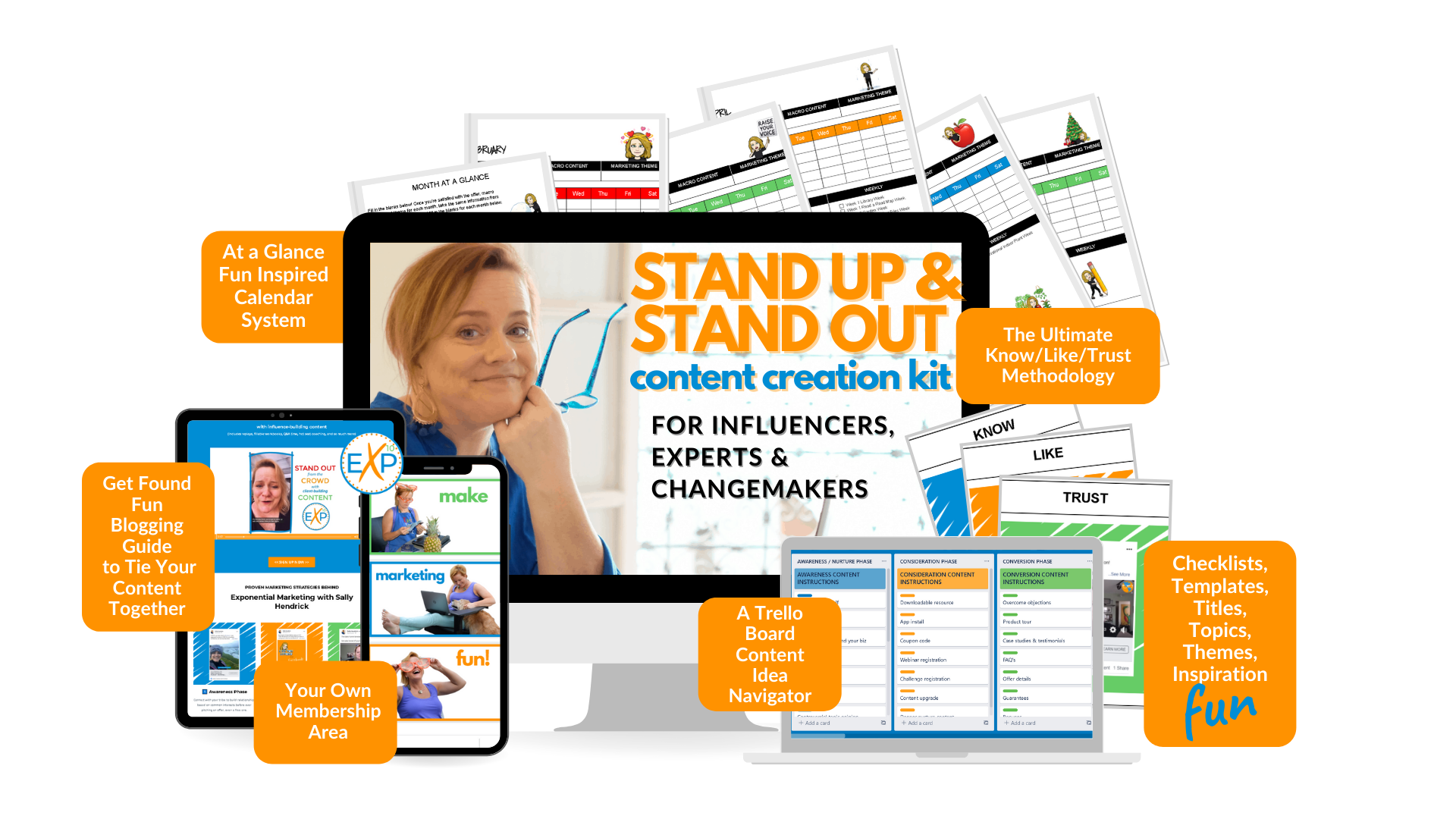
Why do you want to know where you website traffic comes from?
If you know that your traffic is coming from LinkedIn, then you can measure the return on investment of the time and money you spend on that platform. The same goes for Instagram, Facebook, Twitter, and other links.
You can even measure the places on your website that get clicks and the places that don't. It helps to understand where traffic comes from, so you know where to place your efforts and how to organize your website.
What are Google UTM codes?
A UTM code is a simple code that you can attach to a custom URL in order to track a source, medium, and campaign name. This enables Google Analytics to tell you where searchers came from as well as what campaign directed them to you, such as a Facebook ad, your Instagram profile, or your LinkedIn article.
How do you build a link with Google UTM codes?
Now don't be afraid of Google UTM Codes. They're simple to build by visiting this website. You input your regular URL link, then name where you place your link in the next two fields: Campaign Source and Campaign Medium. There are 3 more fields you can use, but you're not required to get that detailed. I tend to only use source and medium.
For example: I have a free downloadable resource called a Facebook Ads Checklist. In this example, you will see the main URL at the top, then 'facebook' as the Campaign Source and 'ad' as the Campaign Medium. The link it makes for me is at the bottom. I simply copy and paste that link into my Facebook ad for this resource, and when I check my Google Analytics, I know where my traffic came from.

I also do this for my blog posts, such as this one, that mention my Facebook Ads Checklist, so I know if someone came from reading my blog. If you click on the words Facebook Ads Checklist, you'll see that I input a Campaign Source of 'blogpost', so that I know people are reading my blog.
Using UTM codes for Instagram
Because links on Instagram posts are not clickable, it makes sense to put UTM codes on your profile link. That way you know if people are visiting your profile and going to the link you provide there. I like to name my Campaign Source 'instagram' and my Campaign Medium 'profile'. Then I know that someone came to my link via that method.
My Instagram profile link is to my blog. The UTM coded link is: https://www.socialmediatrafficschool.com/blog?utm_source=instagram&utm_medium=profile
Note: The Campaign Source is 'instagram', and the Campaign Medium is 'profile'.
Using UTM codes for LinkedIn
Because links are clickable anywhere on LinkedIn, I tend to have several Campaign Mediums selected: Profile, Article, and Post are just some of the ways to indicate if people are reading your articles, engaging with your posts, or visiting your profile.
Knowing where your connections and followers are clicking will help direct you where you need to spruce up your content and where you need to spend time engaging with people.
For example, my Facebook Ads Checklist link that I would put on a LinkedIn article would be this: https://www.socialmediatrafficschool.com/p/facebook-ads-checklist?utm_source=linkedin&utm_medium=article
Note: The Campaign Source is 'linkedin', and the Campaign Medium is 'article'.
Caution: You cannot have spaces in the names you choose. Use an underscore if you want spaces.
UTM coded links to use throughout your website
Earlier I mentioned that I also use UTM coded links throughout my website. I like to know if people click on my links from my menu, from my blog posts, from my call-to-action buttons on certain pages, or wherever they may traffic my site.
For example, on my homepage, I have an announcement across the top (in blue), a menu below that, and a call-to-action button on the page itself above the fold. Each of these has a different UTM coded link, so that I know if someone visits my website pages via these places. If something never gets clicked, I know it's not valuable website real estate, and maybe I should consider another approach.

How to read Google Analytics to see where your traffic has come from
Now that you know how to build UTM links with Google's Campaign URL Builder, it's time to show you where you can see your traffic.
Go to Google Analytics, click on Acquisition in the left sidebar, then All Traffic, then Source/Medium. This is how you can see where your clicks come from. Note in this example below that 20 clicks came from my facebook / ad, 18 came from my website / menu, 14 came from my website / homepage (that's my call-to-action button), and 10 clicks came from my oldsite / menu (I have an old site that redirects to my new one).

There are additional columns not shown in this example that also show conversions from each source / medium. I have set up goals in Google Analytics to measure when someone reaches my thank you page after they get my Facebook Ads Checklist.
So far, Facebook ads are the winner as far as where most of my leads come from, though several are signing up on my list from my website menu. So far no one has signed up using the Announcement bar across the top of my screen, so that makes me wonder if it's even worth having anything up there.
Use UTM Codes for your Facebook Business Page
Before I close this article, don't forget to use UTM codes on the button on your Facebook Business Page, too!
Next steps
Discover how to set goals and check the behavior flow of the visitors to your website, so you know where to put your attention. Read my blog post on How to Use Google to Check Your Funnel Analytics.
Get content-making tips and my FUNNY HOLIDAYS calendar for FREE for daily content inspiration!


